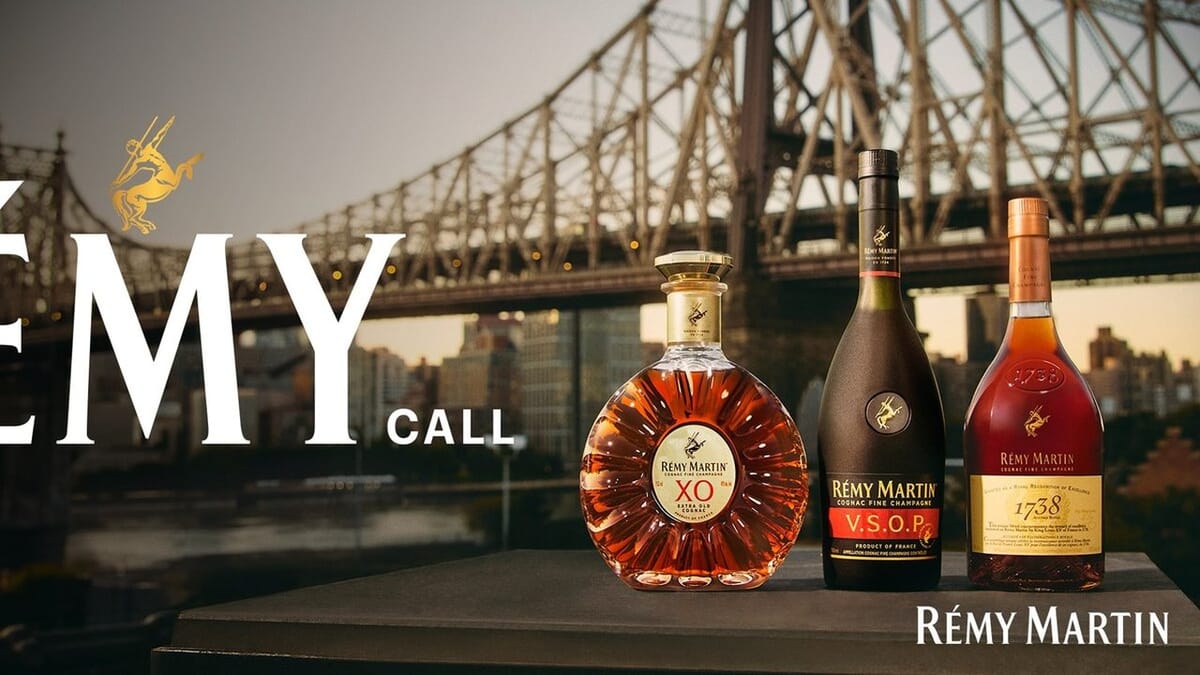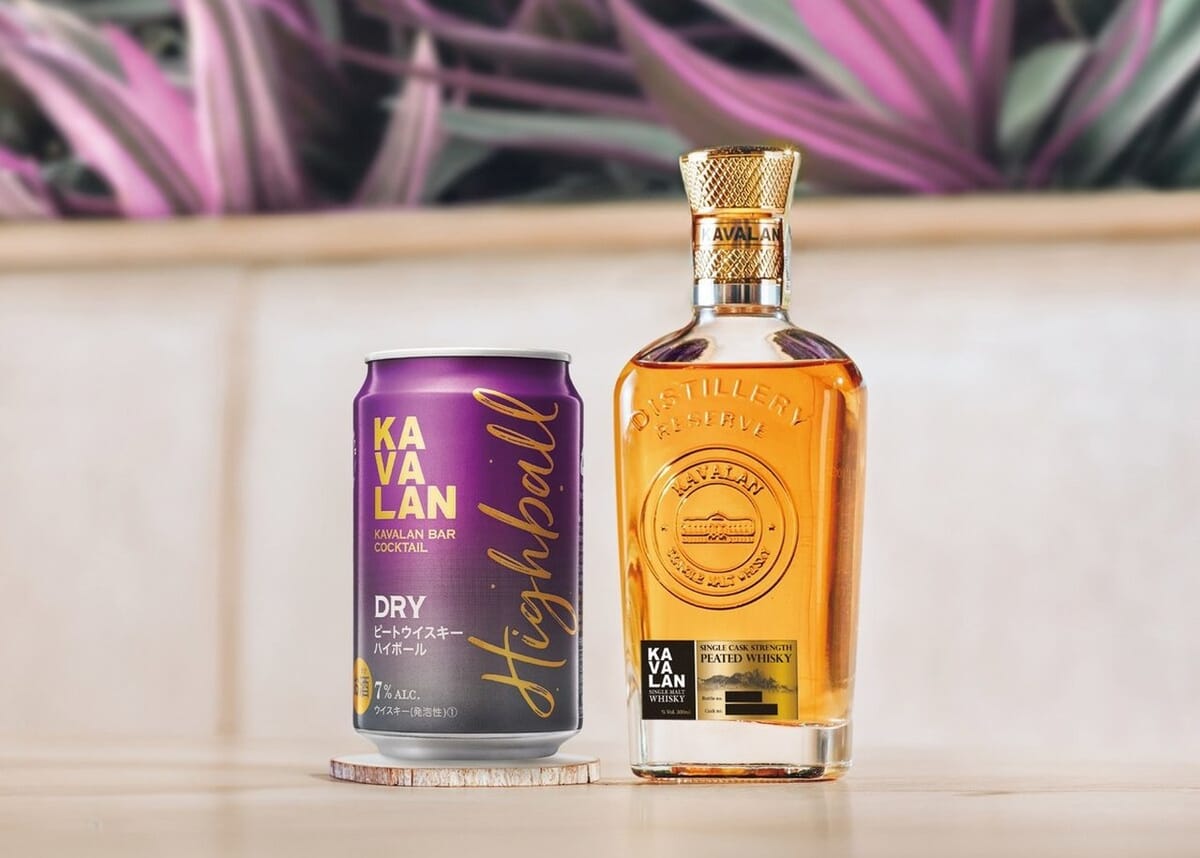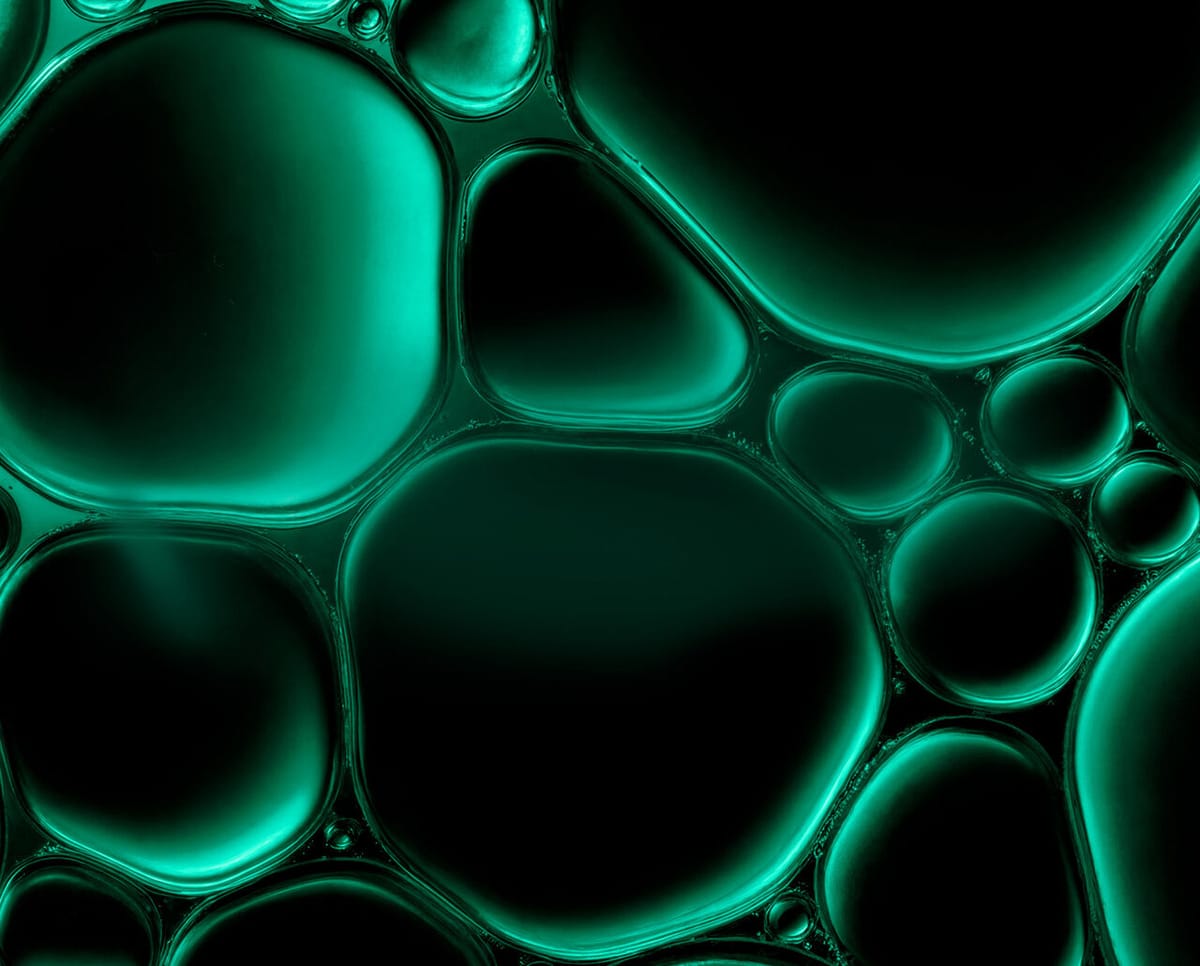Nicoló Martino introduces his Equinoxe menu at Bluebird
Since opening in 2016, Bluebird has become a go-to spot among Parisian bars. Head bartender Nicoló Martino unveils his new menu inspired by cyclical changes, outlines an 'Italian bar school,' and shares his perspective on today's Italian scene.
Equinoxe: a menu around the concept of cyclicity
My inspiration came from a Korean film by Kim Ki-duk, “Spring, Summer, Fall, Winter... and Spring”, which addresses the idea of cycles and slightly references Nietzsche’s concept of eternal return. That gave me the idea of a menu built around a cyclical approach: instead of changing the entire list at once, I swap out three cocktails every equinox and solstice.
I like having a conceptual menu because it provides a framework during the creative process. When we present the menu to customers, they should understand the identity, the philosophy that drives the establishment, and what we want to offer them.
This new menu was launched on March 21 for the spring equinox, and the next change will take place on June 21, during the summer solstice. Ingredients that are out of season—like asparagus and kiwi—are replaced with peak-season alternatives so their flavors can really shine, like peaches and blueberries.
So three cocktails change every three months. It’s a concept that keeps evolving. However, not all 12 cocktails on the list are made with seasonal fruits or vegetables. Some recipes don’t rely on those ingredients and will stay on the menu, like Prince—a Martini with cilantro—and Giove, a Highball with shochu.

A three-point description of the cocktails
In the previous menu, we had a particular concept in which we mentioned no ingredients, and customers generally played along. However, they weren’t fully prepared for absolutely no details and at least wanted to know the main spirit, which required extra time from the bartenders.
I felt that three pieces of information would be enough, plus a drawing of the glass shape. The current list gives the spirit, the main ingredient, and an adjective that best describes the cocktail (sparkling, floral…). It’s quite dynamic. With at least three pieces of information, your imagination starts to run, and you can picture what you’ll be getting in your glass.


Panama and Sherekhan, Bluebird (Paris)
Inspiration and creation process
There’s no strict rule for how a recipe is inspired. You can start with a spirit you recently discovered, an ingredient, a flavor, or even a syrup.
Sometimes I have ideas for specific tastes, knowing that a certain pairing could work.
For example, with the Gong cocktail, I wanted to create a Milk Punch Bloody Mary without using tomato juice. We therefore used a French tomato-based liqueur, Amour Matador from H. Theoria, with tequila and mezcal. We infused and distilled it with grilled peppers, producing a very intense pepper spirit that took the place of some of the tomato juice’s umami. We also made a teriyaki sauce with cilantro, mayonnaise, and soy sauce. I came up with this recipe without focusing on a particular spirit. On the other hand, the Giove cocktail started when I discovered a barley malt-based shochu, which had a pronounced popcorn flavor. Right away, that gave me the idea for a Highball.

The importance of music in the cocktail experience
Equinoxe is presented like a vinyl sleeve, with the menu inside, like an album booklet. This musical tribute, designed by Aude Surville (Editor’s note: currently Diplomatico Brand Ambassador), comes from my long-held belief in the importance of music in a bar, going back to when I first started in this business about 12 years ago.
My father had a bar in which I used to manage the music a bit—that was my passion. Even then, I always believed that while the quality of the cocktail is crucial, so are the atmosphere you create, the rapport with the customer, and especially the sound quality.
For me, even if a cocktail isn’t perfect, if the place has a great sound system, you can still have a wonderful time. People will leave with a lasting positive impression.
At Bluebird, the music style is mainly jazz during the week, transitioning to more upbeat tunes on weekends: soul music early in the evening, then disco-funk later on. Indeed, playing Miles Davis at midnight on a Friday wouldn’t create the same vibe.

Interaction with the kitchen at Hank’s Corner
Hank’s Corner opened around 4 or 5 months ago (Editor’s note: by the same owner as Bluebird, Pasa Omerasevic). Our aim is to have zero waste, to use ingredients the kitchen isn’t using for making syrups or garnishes.
Sometimes it works in the opposite direction: we’ll use a product, like asparagus, for example, which then gets used in the kitchen afterward.
Being able to work with a chef is a plus because the kitchen has developed techniques we can draw inspiration from. Sometimes the chef even points us in a certain direction, suggesting ideas that a bartender might not necessarily have come up with.
The bar offers small bites, but if customers want something more substantial, we advise them to go right next door, and we can bring their cocktails over. The team is thinking about potential collaborations around food–cocktail pairings in the future, though for now we’re each focusing on our own areas.
In my opinion, nowadays it’s important to offer both great drinks and great food. I can’t imagine an excellent bar without that option, although it’s not impossible if you’re super focused on the cocktails’ quality. But if you can provide both, that’s ideal.
Showcasing each country’s best spirits
We rely heavily on sherry from Jerez, which has become a signature flavor for the bar. It was already around when I arrived at Bluebird, but now we have Spanish Lustau Fino practically everywhere. I really like its nutty, complex notes, and I couldn’t work without it anymore because it fits into all sorts of cocktails.
For example, on the list we have a Martini made with Fino infused with black pepper, juniper, and cilantro. It’s a drink with somewhat vegetal notes.
Overall, our team—Etienne Joly, Henrique Neiva da Lage, and Viola Barzagli—is committed to spotlighting the best products from each country: more and more Japanese items—like shochu—but also, for France, H Theoria—inspired by perfume—which we feature in two of our cocktails, along with cognac or products from Christian Drouin, which I really appreciate.

An “Italian bar school”?
Italian bartenders are found all over the world, because I think we’re pretty talented. If I consider what might constitute an Italian “school” of bartending, it would probably be the focus on hospitality and warmth. Before you even serve a cocktail, you greet the guest with a smile, offer a glass of water; the person must feel at home before anything else. Strive for perfect service and combine that with the right music, plus a good cocktail. If we manage to do that, it means we’re doing our job well.
To all those elements, I’d add proficiency in classic cocktails. I like the idea of a bartender—anywhere in the world—capable of offering great hospitality and making classics really well. Those two hallmarks could define an Italian school.
A look at the current cocktail scene in Italy, and Genoa in particular
In the past, Italian bartenders mostly worked abroad—especially in London—where they helped shape the scene, like Simone Caporale, four-time winner of Best Bartender at the Artesian.
Nowadays, things are changing, although I can’t yet compare Italy’s scene to London’s, which I still think is the best. Still, Italian bars are doing well, as seen in Milan, which boasts maybe fifteen or twenty top-notch bars, or Rome, with the recent Drink Kong—one of my favorite venues in Italy—or Jerry Thomas. In Naples, there’s also L’Antiquario. The country has 5 bars ranked in the 50 Best, so we’re doing pretty well.
Genoa, where I’m from, is a bit behind in that regard. I was lucky enough to work at the best cocktail bar in town: Les Rouges. It’s a French-inspired venue—as its name suggests—right in the lovely historic center, inside an 18th-century palace adorned with old paintings. Its style is very classic and that’s where I first trained. After that, there are two or three nice bars around Portofino, but I hope things develop over the years, because I know quite a few Genoese bartenders living abroad who might spearhead that. Moreover, some local products I grew up with deserve more recognition, such as Amaro Camatti or Corochinato, an aperitif that can replace Aperol for a Genoese version of the Spritz. I’d love to bring them outside Italy one day and help spread the word.
Two Daiquiris, a passport to Paris
My father owned bars when I was a child, and I started helping out at 16 while also playing soccer. I thought I might go pro, although I always had a lingering notion of becoming a bartender. So I progressed along both tracks at once. Even though I reached a certain level in soccer, it wasn’t enough to support me, and I was getting more drawn to the cocktail world. I ended up working at Les Rouges, where my passion deepened.
After that, I worked at spots along the coast near Genoa, where I met my current boss, Pasa Omerasevic. He stopped by to say hello to one of my colleagues, who had worked for four years at Syndicat in Paris. I was behind the bar and ended up making two Daiquiris for Pasa, who then offered me a job in Paris.
After Covid, I wanted a change of city and a new challenge. Without overthinking it, I caught a flight the next week and found myself in France, not speaking the language and barely knowing three words of English. I started working right away and felt at home at Bluebird, with its 60s Los Angeles vibe and musical element, and I stayed.
Living abroad, learning French—it all fascinated me. I really liked France; I’ve been here for three years now, and I’m happy!
Bluebird: 12, rue Saint-Bernard; 75011 Paris
Open daily.


Full menu





